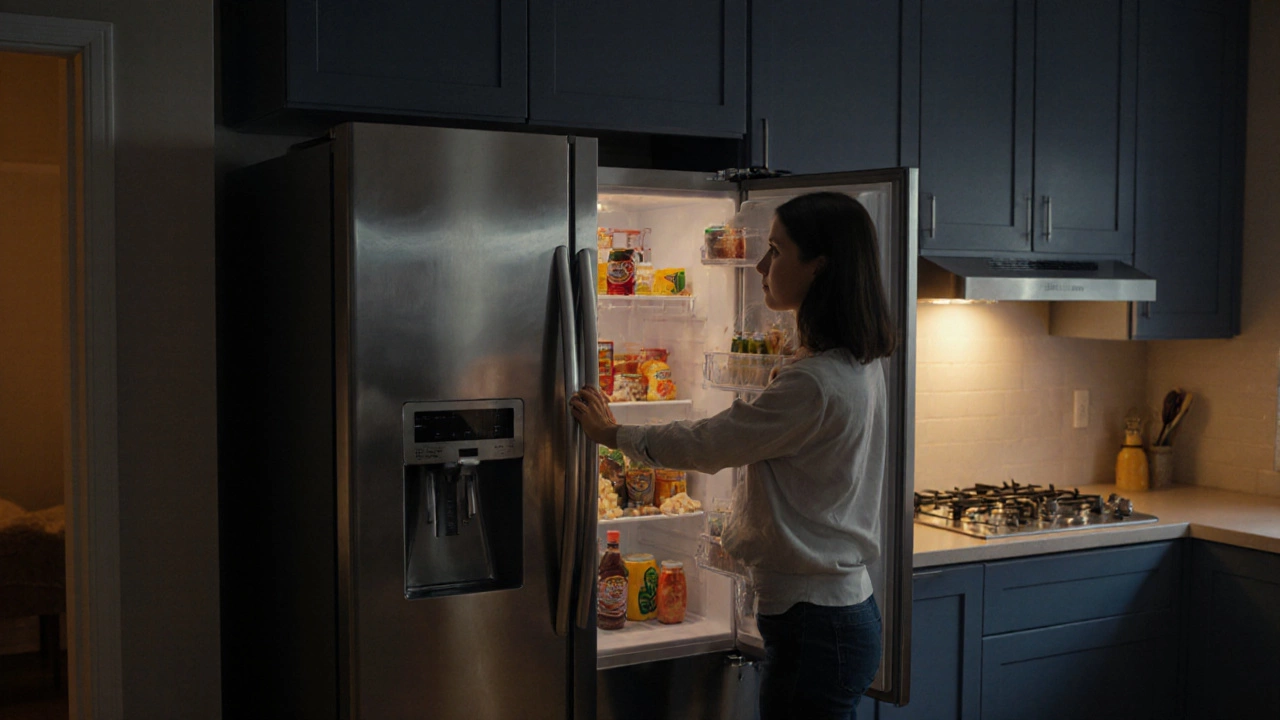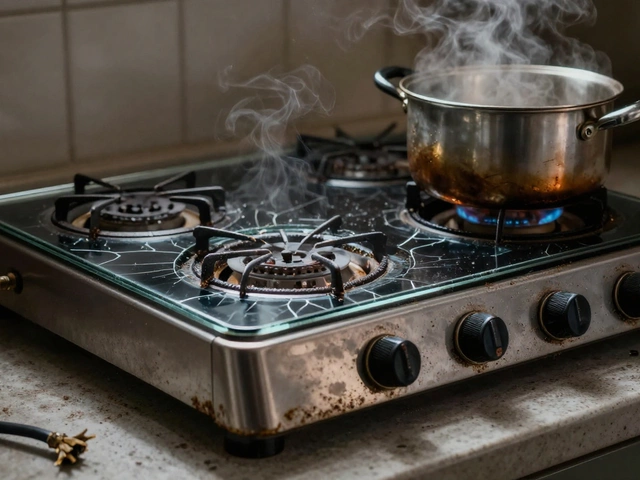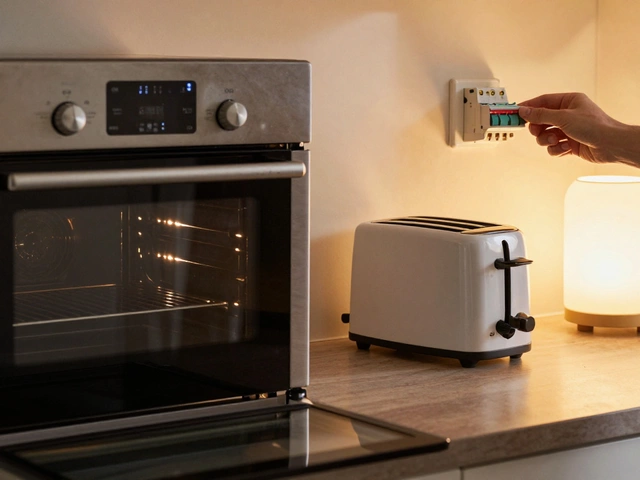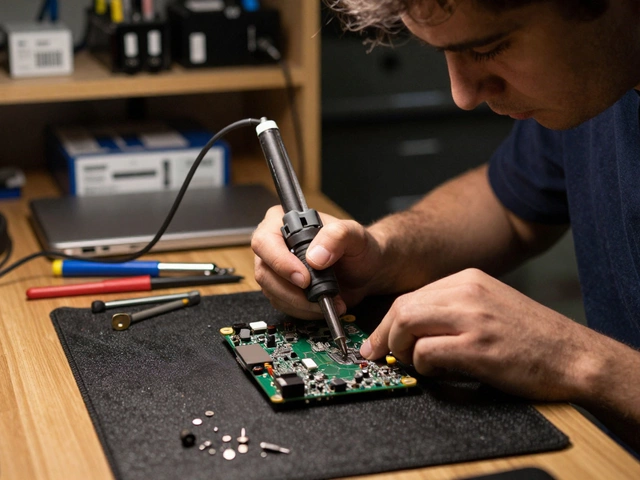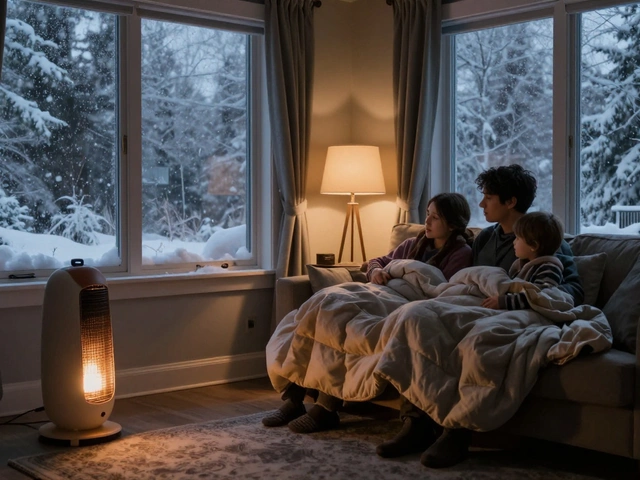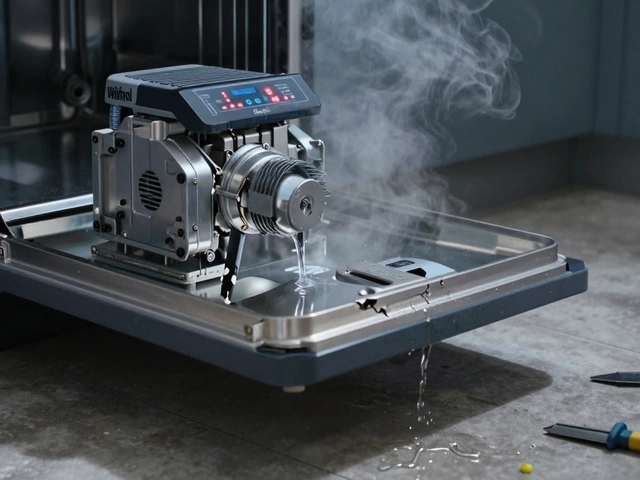Refrigerator Power Check Tool
When the hum of your kitchen appliance goes silent, the panic sets in fast. You open the door, stare at the warm shelves, and wonder what went wrong. Before you start pulling panels or calling a technician, there’s one simple step that solves most silent‑fridge mysteries: check the power.
Why Power Is the #1 Starting Point
Most fridge failures trace back to the electricity that keeps the compressor, fans, and lights running. A loose plug, tripped breaker, or a broken cord can make the whole unit appear dead, even though the internal components are perfectly healthy.
Step‑by‑Step Power Check
-
Inspect the wall outlet. Plug a lamp or phone charger into the same socket. If it works, the outlet is delivering power. If not, you’ve found the problem right away.
-
Check the circuit breaker. A fridge draws a lot of current, and a brief overload can flip the breaker. Open your home’s breaker panel and look for any switches that are in the "off" or "tripped" position. Reset it by flipping it fully off and then on again.
-
Examine the power cord. Pull the refrigerator away from the wall and look for cuts, frayed wires, or bent prongs. A damaged cord can interrupt the flow of electricity and is a common cause of sudden shutdowns.
-
Secure the plug. Make sure the plug is fully inserted. Over‑time, vibrations can loosen the connection, especially on older models.
What to Do If Power Looks Fine
If the outlet and breaker are working and the cord looks intact, the next thing to verify is the thermostat the temperature control inside the fridge. Many modern fridges have a digital display; if the display is blank, power is still not reaching the control board, which points back to wiring or the main control board itself.
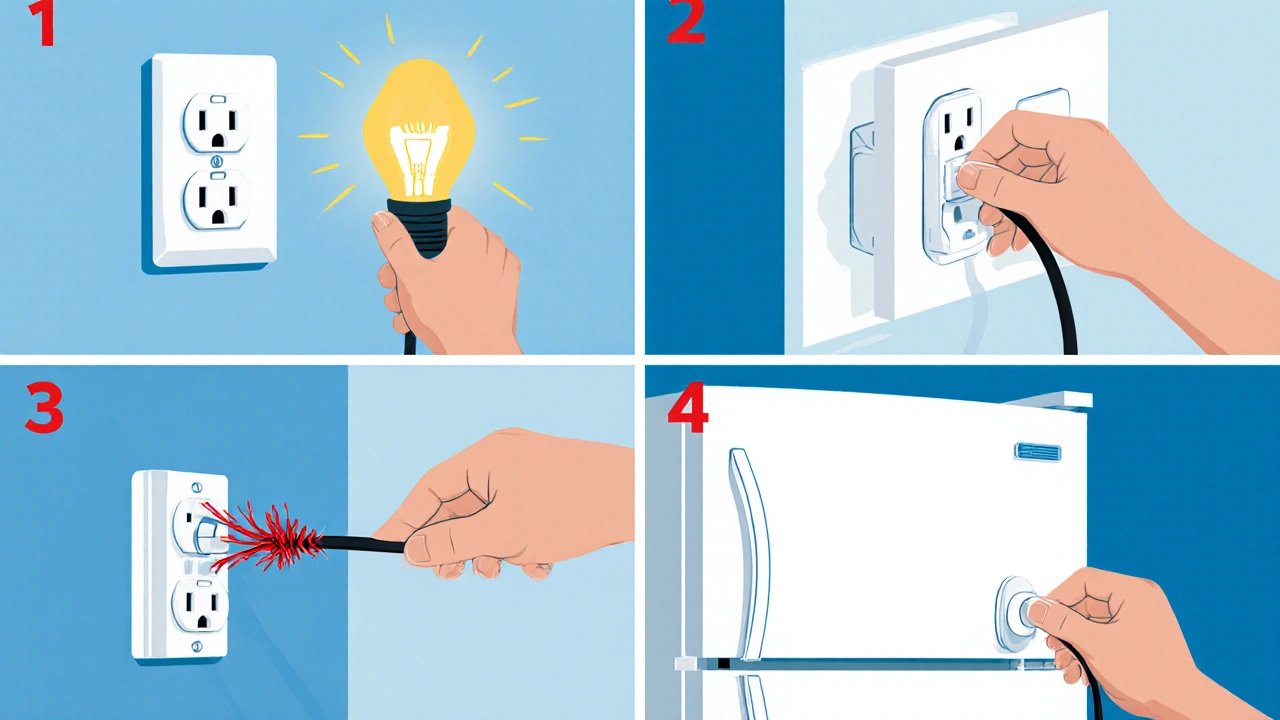
Quick Checklist of Common Issues
| Symptom | Likely Cause | First Check |
|---|---|---|
| Unit is completely silent | Power loss | Outlet & breaker |
| Light stays off | Door switch or bulb | Door switch test |
| Not cooling but compressor runs | Dirty condenser coils | Coil cleanliness |
| Freezer frost builds quickly | Defrost timer failure | Timer setting |
| Water dispenser not working | Water line kink or filter | Water line inspection |
Key Components Worth Knowing
Understanding the main parts can help you pinpoint where power stops flowing:
- Power cord the flexible cable that plugs into the wall
- Circuit breaker the safety switch in your electrical panel
- Thermostat regulates the cooling cycle
- Compressor compresses refrigerant to create cold
- Evaporator coil absorbs heat inside the freezer compartment
- Condenser coil releases heat to the kitchen air
- Defrost timer controls periodic melting of frost
- Door seal keeps cold air inside
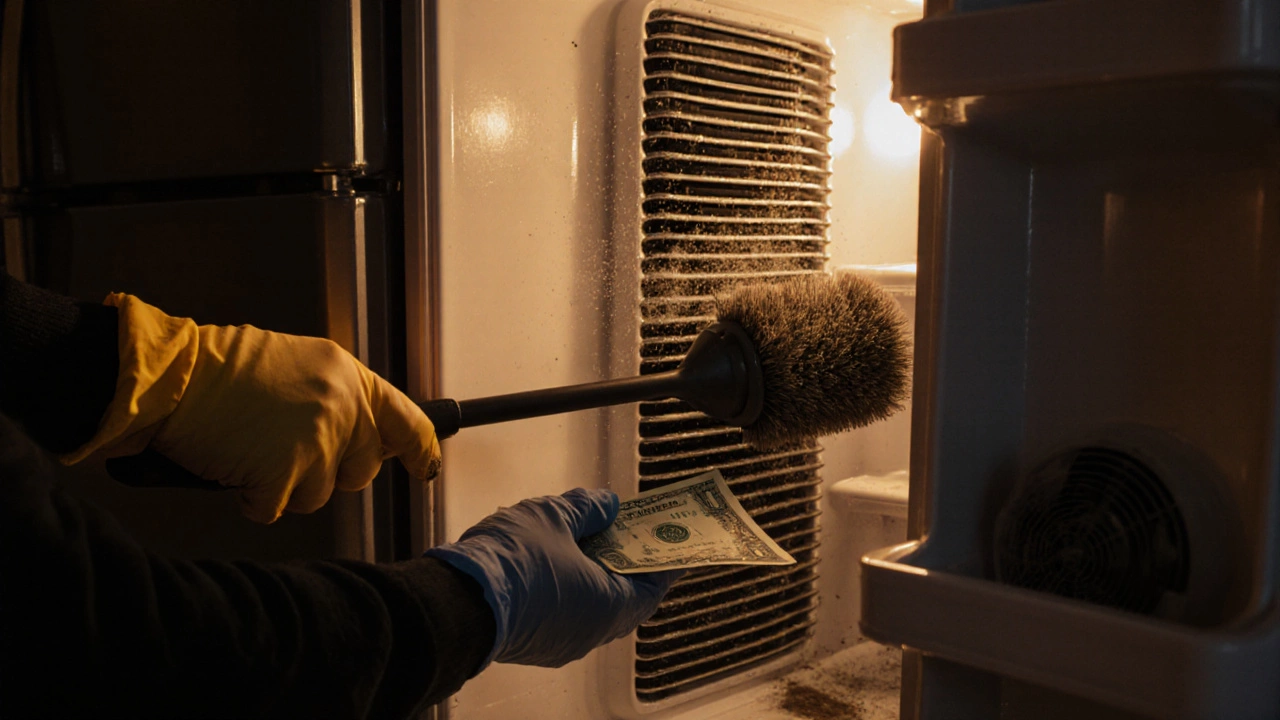
Safety First
Even though checking the power is low‑risk, keep these precautions in mind:
- Unplug the fridge before handling the cord or any internal wires.
- If the breaker trips repeatedly, stop and call an electrician - it could signal a deeper wiring issue.
- Never attempt to repair the compressor or sealed system yourself; those parts require certified technicians.
When Power Is Healthy but the Fridge Still Won’t Cool
If you’ve verified that the unit is receiving power, the thermostat is set correctly, and the lights work, the problem likely lies deeper. Here are three quick follow‑ups you can try before calling a pro:
- Clean the condenser coils. Dusty coils overheat and shut the compressor down. Pull the fridge away from the wall, locate the coils (usually behind a rear panel), and brush away debris.
- Listen for the fan. A running compressor but a silent fan means the evaporator fan motor may have failed, reducing airflow across the coils.
- Check the door seal. Close a dollar bill in the door; if it slides out easily, the seal is compromised, letting warm air in and overworking the cooling system.
These steps cover most refrigerator repair scenarios you’ll encounter at home. If the issue persists after they’re done, it’s time to schedule a professional visit.
Frequently Asked Questions
Why does my fridge make a clicking sound when it won’t cool?
Clicking often means the compressor is trying to start but the start relay or overload protector is failing. Check the power first; if power is stable, the relay may need replacement.
Can a tripped GFCI outlet affect my refrigerator?
Yes. Many kitchens have GFCI outlets for safety. If the GFCI has tripped, the fridge will lose power. Reset the GFCI and ensure the appliance is plugged into a dedicated circuit.
My fridge’s light works but it’s still warm inside. What next?
With power confirmed, inspect the thermostat setting and listen for the compressor. If the compressor is silent, the issue may be a faulty start relay, a seized compressor, or a broken main control board.
Is it safe to use an extension cord for my refrigerator?
Generally no. Extension cords can cause voltage drops, overheating, and tripped breakers. Use a properly rated cord or have a dedicated outlet installed.
How often should I clean my fridge’s condenser coils?
Aim for every six months, or sooner if you have pets that shed. Clean coils keep the compressor running efficiently and reduce the chance of sudden power loss.
